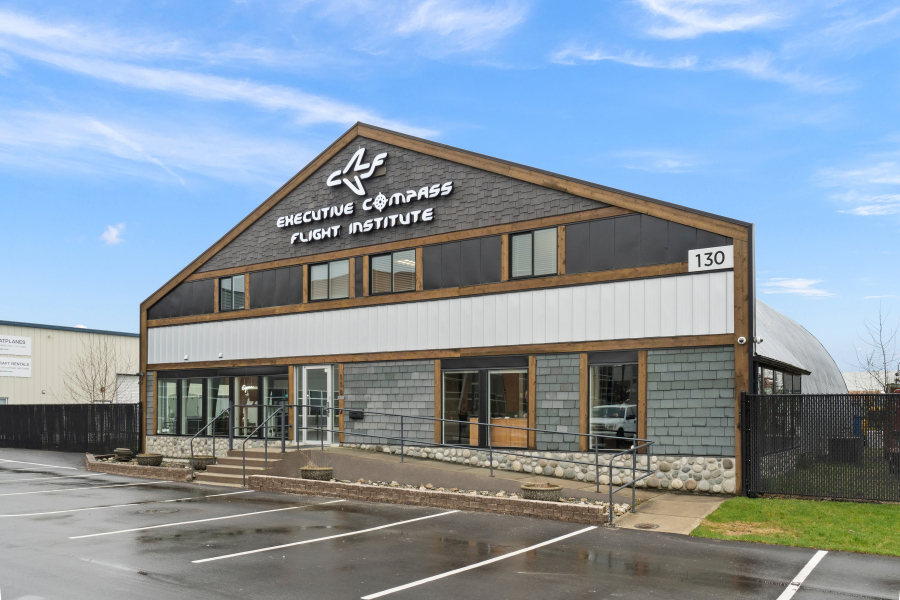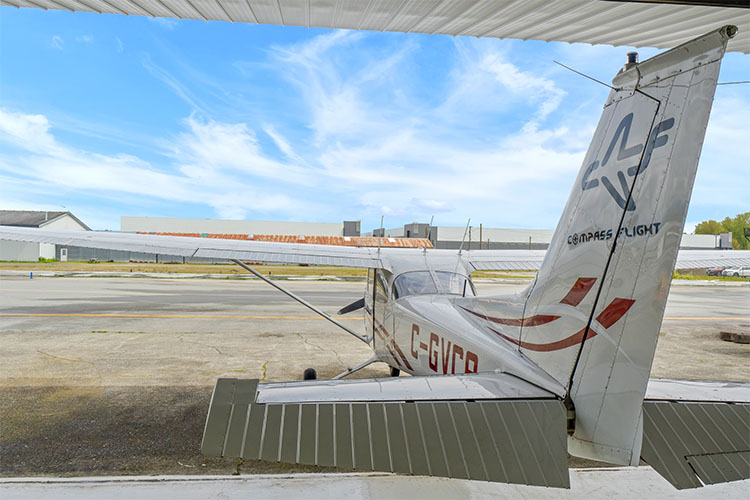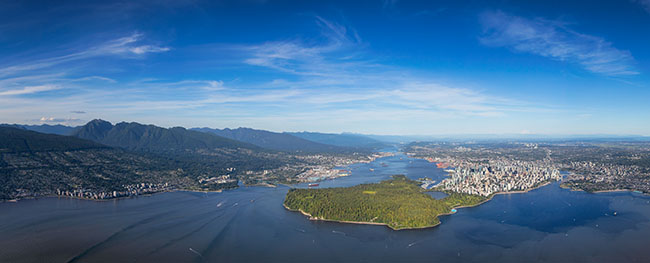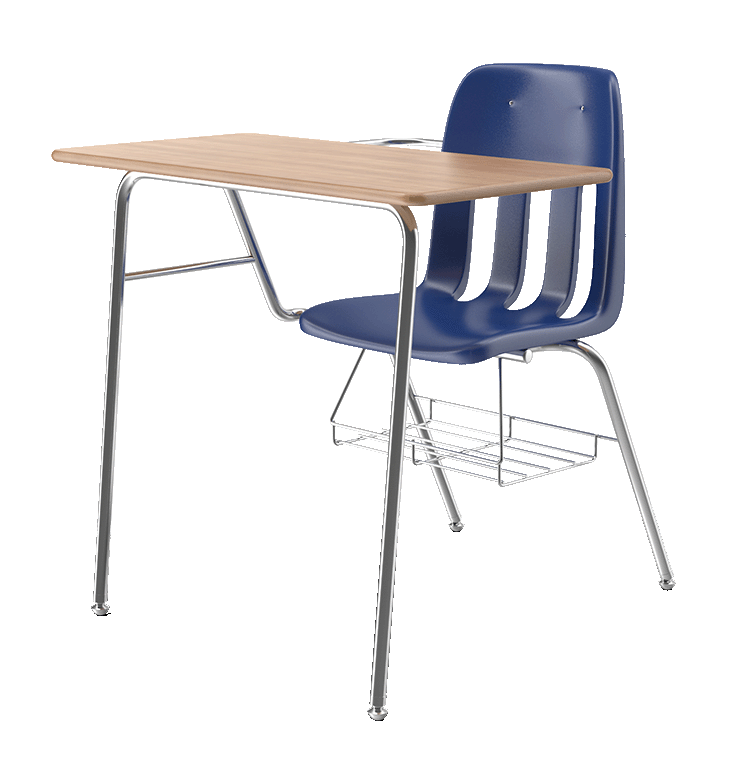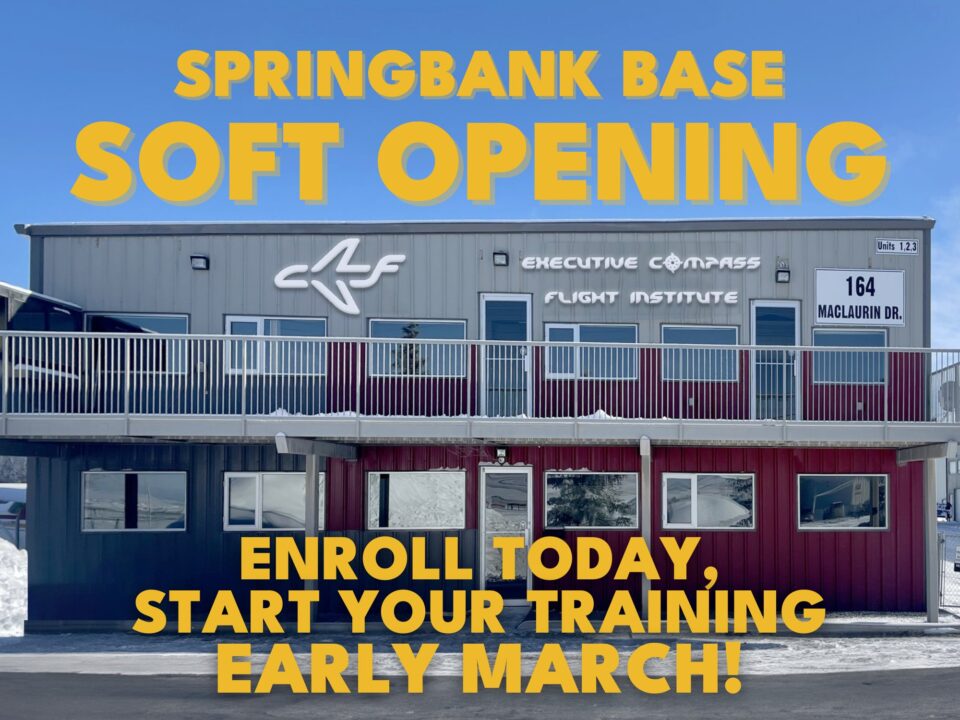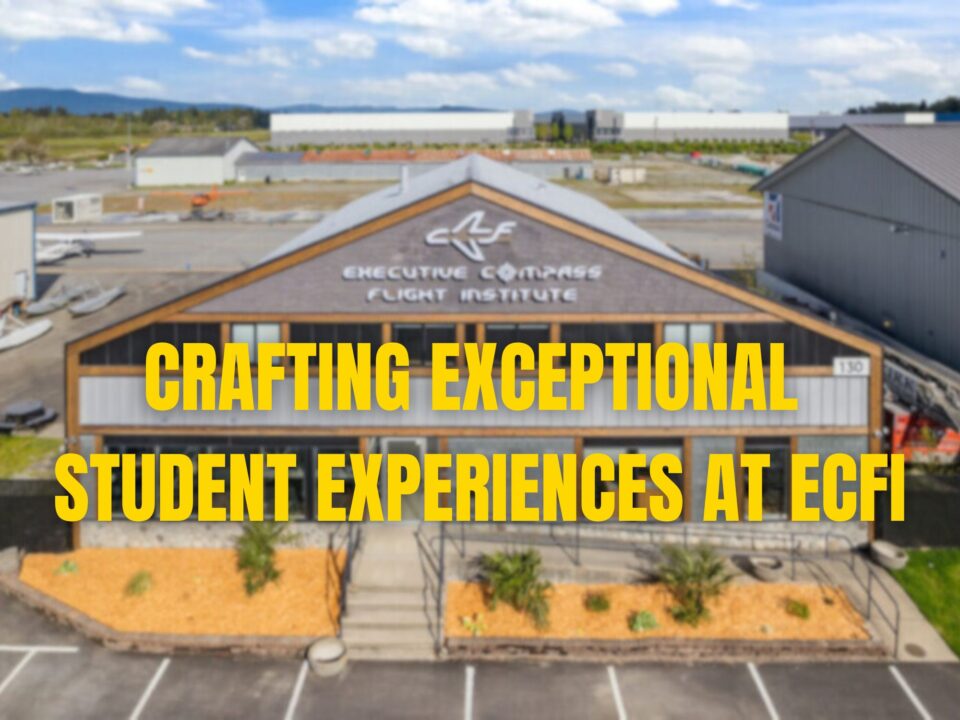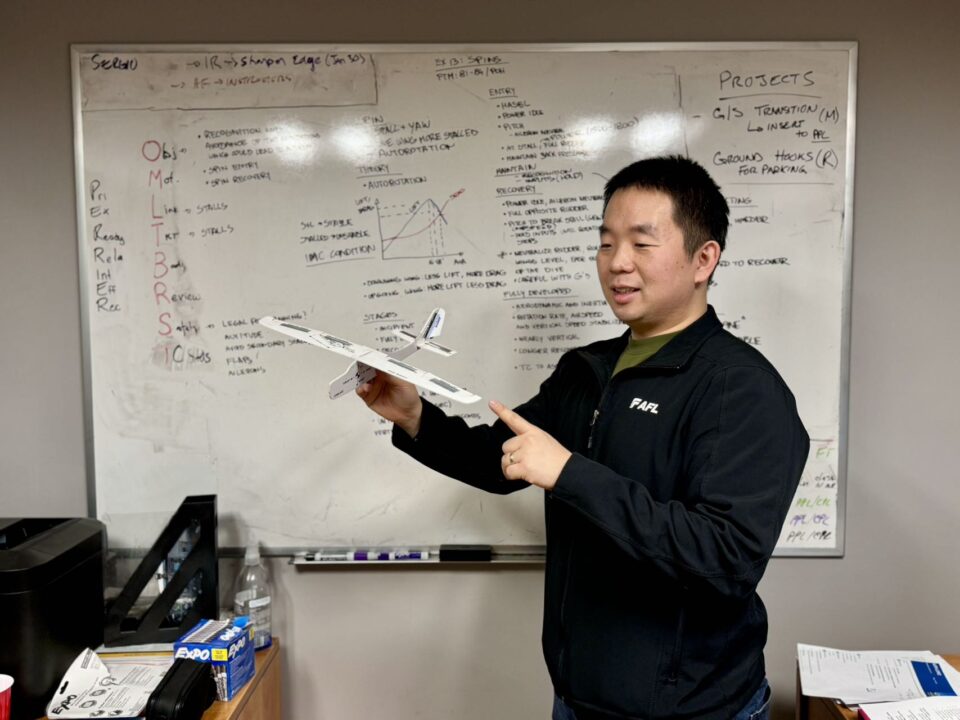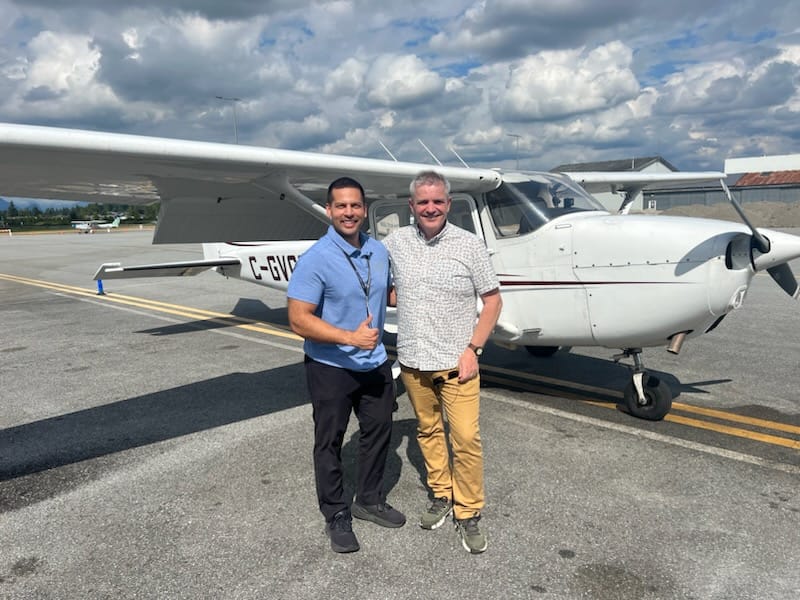Commercial Pilot Licence
Planning to work in the aviation industry as a pilot?
The Commercial Pilot Licence (CPL) is a comprehensive pilot training program that allows a private pilot licence holder to train and build the knowledge, skills, and experience necessary to work in the aviation industry as a pilot.
CPL licence holders can then have their licence endorsed with other ratings. The multi-engine rating, instrument rating and instructor rating are typical endorsements held by a CPL pilot. The Commercial Pilot Licence course prepares pilots for work in the commercial aviation industry.
Commercial Pilot Requirements
Candidates must be 18 years of age for the issuance of a Commercial Pilot Licence
A Category 1 medical certificate
Commercial Pilot Program Requirements
A Total of 65 hours of flight time post PPL
Ground School – 100 hours
Post-PPL Dual Training: 35 hours (minimum)
Post-PPL Solo Training: 30 hours (minimum)
Additional time building and/or Multi and IFR flight training time may be required to achive 200 hours total flight time and 100 hours PIC flight time
Minimum 60% on Transport Canada written exam (CPAER)
Successfully pass the Transport Canada flight test
Benefits of Holding a Commercial Pilot Licence
Holding a Commercial Pilot Licence (CPL) opens up numerous opportunities in the aviation industry, providing a pathway to a rewarding career as a professional pilot. One of the primary benefits is the ability to be compensated for flying. This means you can work for airlines, charter companies, flight schools, and other aviation-related businesses, turning your passion for flying into a profitable profession.
Additionally, a CPL enhances your skills and knowledge beyond the basics covered in a Private Pilot Licence. The training involves advanced maneuvers, complex flight operations, and a thorough understanding of air law and general knowledge. This comprehensive training ensures you are well-prepared to handle the responsibilities of a commercial pilot.
Overall, a Commercial Pilot Licence is not just a certification; it is a gateway to a fulfilling career with diverse opportunities and the potential for continuous professional growth.
Steps to Earn Your Commercial Pilot Licence
Earning a Commercial Pilot Licence involves a series of structured steps that build on the foundation laid during private pilot training. The first requirement is accumulating a minimum of 200 hours of total flight time, which includes specific amounts of pilot in command time, solo flight time, and dual instruction.
Aspiring commercial pilots must also complete a minimum of 80 hours of ground school. This ground instruction covers essential topics such as air law, general knowledge, navigation, and meteorology. These subjects are crucial for passing the written exams required for the CPL.
Night flying is another critical component, with at least 5 hours of dual night instruction and 5 hours solo night flying. This experience ensures that pilots are competent to operate in various lighting conditions. After completing the required training and passing the written and practical exams, pilots can obtain their Commercial Pilot Licence, opening the door to professional flying opportunities.
Career Opportunities with a Commercial Pilot Licence
A Commercial Pilot Licence offers a wide range of career opportunities in the aviation industry. One of the most popular paths is becoming an airline pilot. With additional type ratings and experience, CPL holders can join regional airlines and eventually progress to major carriers, flying domestic and international routes.
Another career option is working as a charter pilot. Charter pilots fly a variety of aircraft on-demand, offering personalized travel solutions to clients. This role provides flexibility and the chance to fly to diverse destinations, making it an exciting career choice for many pilots.
Flight instruction is also a viable career for CPL holders. By obtaining an instructor rating, commercial pilots can train aspiring pilots, sharing their knowledge and passion for aviation. This role not only provides a steady income but also helps build valuable flight hours and experience.
Additionally, commercial pilots can work in aerial surveying, photography, firefighting, and agricultural aviation. These specialized fields require unique flying skills and offer diverse and fulfilling career paths. Overall, a Commercial Pilot Licence provides a solid foundation for numerous aviation careers, each with its own set of challenges and rewards.
Comparison of Private vs. Commercial Pilot Licences
The primary difference between a Private Pilot Licence (PPL) and a Commercial Pilot Licence (CPL) is the level of responsibility and the ability to earn compensation for flying. A PPL allows individuals to fly for personal reasons or recreational purposes but does not permit them to receive payment for their services. In contrast, a CPL enables pilots to be paid for their flying, opening up professional opportunities in the aviation industry.
Training for a CPL is more intensive and comprehensive than for a PPL. While a PPL requires a minimum of 45 flight hours, a CPL demands a minimum of 200 hours of total flight time. This includes specific requirements for pilot in command time, solo flight time, and dual instruction. Additionally, CPL training includes a minimum of 80 hours of ground school, covering advanced topics like air law, general knowledge, navigation, and meteorology.
The skill level required for a CPL is also higher. CPL training involves mastering complex maneuvers, emergency procedures, and Instrument training. This advanced training ensures that commercial pilots are well-prepared for the demands of professional flying.
Ultimately, while a PPL is suitable for those who wish to fly for leisure, a CPL is essential for those aspiring to a career in aviation. The increased training and experience required for a CPL provide pilots with the skills and knowledge needed for professional success.
VFR Over-the-Top Rating in Commercial Pilot Licence Training
A VFR Over-the-Top (VFR OTT) rating is included with your commercial pilot license training, allowing you to fly above a layer of clouds while remaining under visual flight rules (VFR). This rating enhances your flexibility and operational capabilities, making you a more versatile and skilled pilot.
To obtain a VFR OTT rating, you must meet specific flight training requirements. This includes a minimum of 15 hours of instrument flight time, which is often integrated into the overall 200 hours required for the commercial pilot license.
The VFR OTT rating requires a solid understanding of weather conditions, as it is crucial to ensure that the destination and alternate airports are clear of clouds and that there are no weather fronts or significant changes in weather between your departure and destination points.
Commercial Pilot Licence Cost
| Dual Training (35 hours) | $283 per hour |
| Solo Training (30 hours) | $208 per hour |
| Ground Briefing (12 hours) | $75 per hour |
| Ground School | $470 |
| Application Fee | $250 |
| Administration Fee | $250 |
- Estimated cost of the Commercial Pilot Licence is $17,635 based on Transport Canada minimum requirements. Actual hours and cost can vary depending on an individual student’s performance and training options, i.e. adding endorsements within the CPL program.
- Licensing related fees $980.
- An additional 70 hrs of flight training that may include Cross-Country Time-Building, Multi-Engine Training and/or Multi-IFR Training may be required to complete the CPL licensing requirements.
- Candidates must be 18 years of age for issuance of a Commercial Pilot License; however, they may begin flying at the age of 14.
- Prices do not include taxes.
- Prices are subject to change.
Renting Aircraft and Time Building
Executive Compass Flight Institute is a proud partner of the West Coast Pilot Club located at Langley Regional Airport (CYNJ).
Our partnership allows our students who have graduated from our Private Pilot Licence (PPL) program to easily transition to renting aircraft through the West Coast Pilot Club.
Do you have your Private Pilot Licence and would like to rent aircraft for longer trips to the United States, Kelowna and beyond?
Or
Are you now a CPL Student looking to time build with more flexibility, but remain a student at Compass Flight for your flight training hours?

